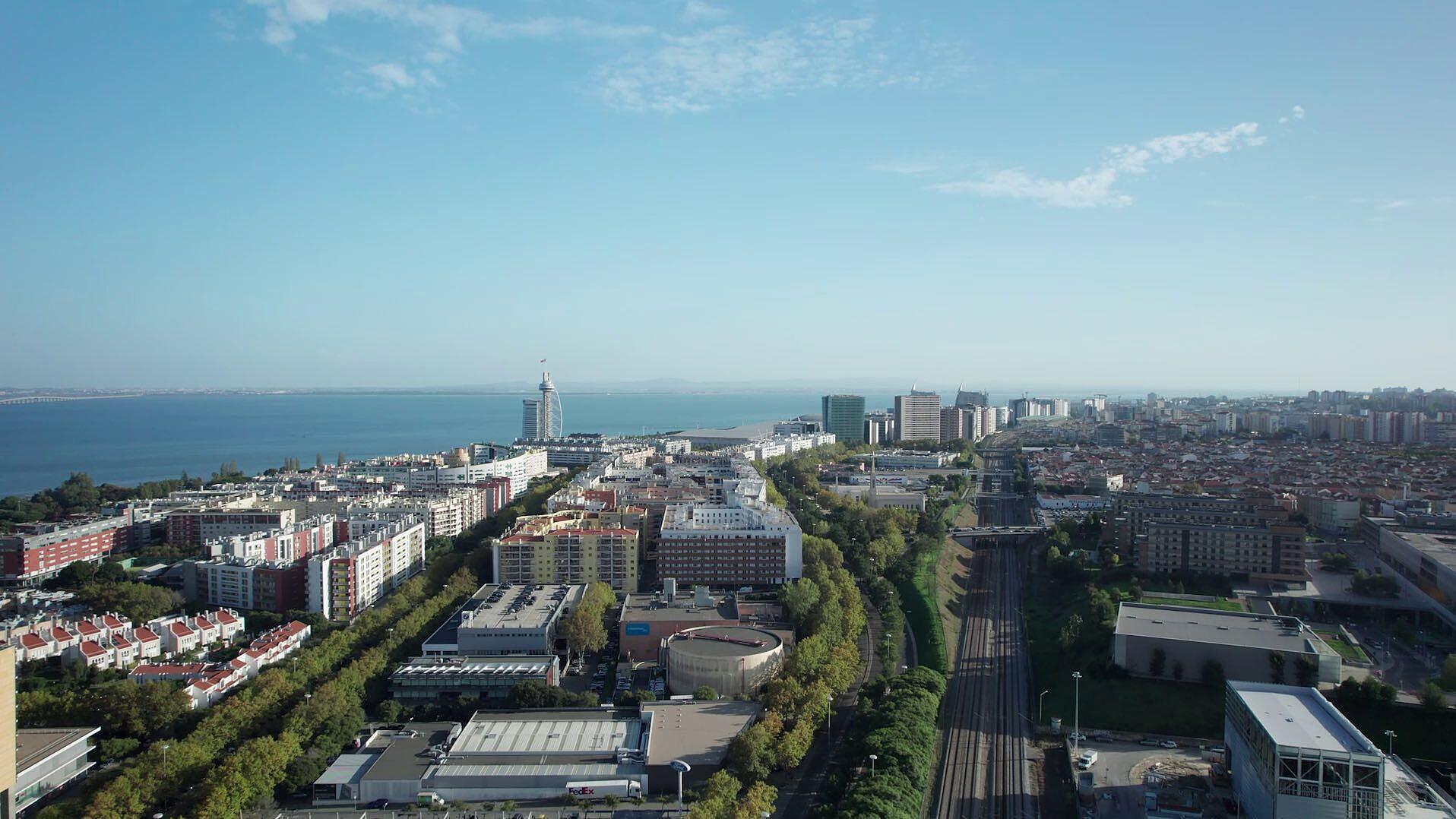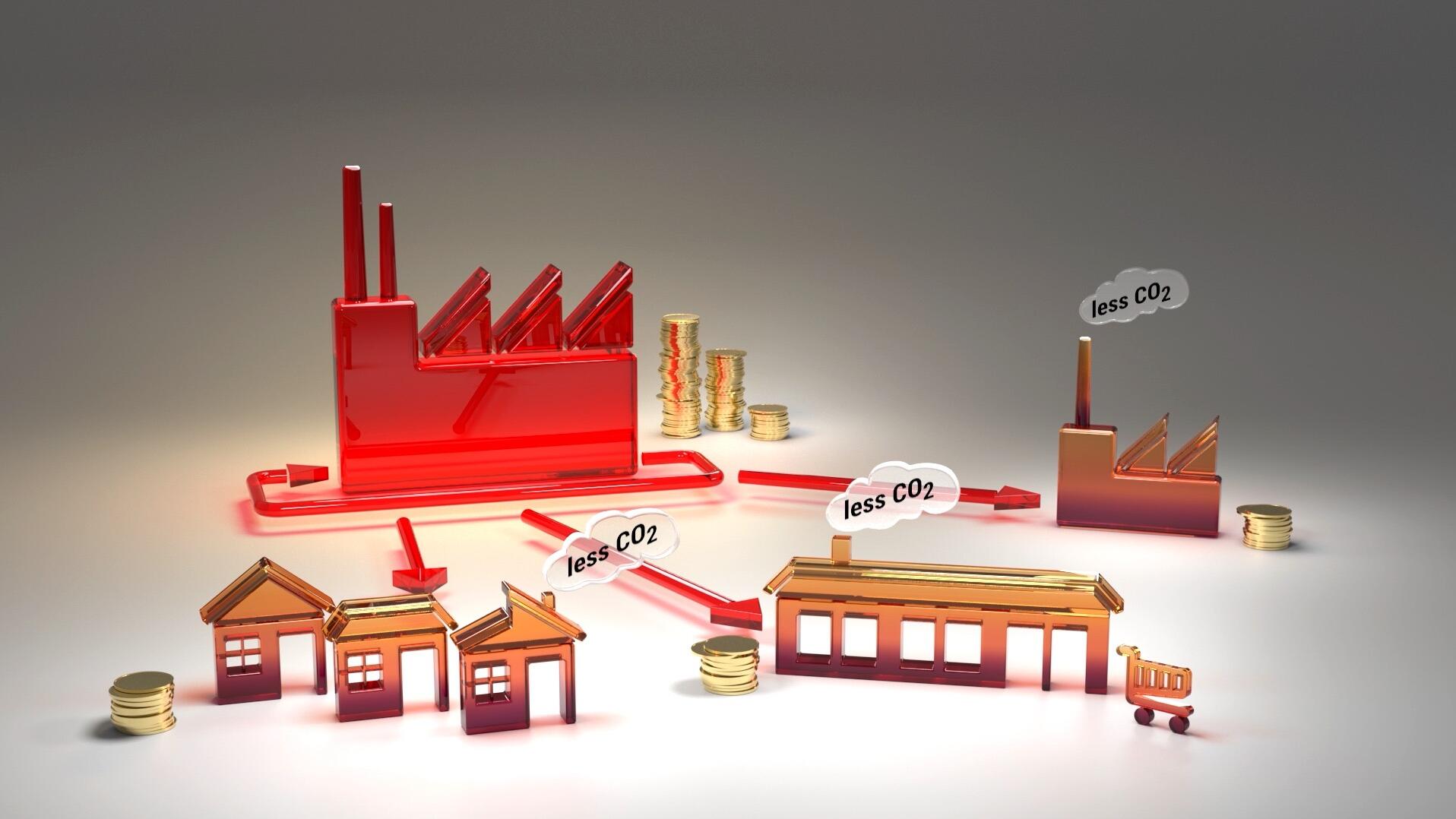 Energy Efficiency
Energy EfficiencyDistrict heating: balancing green energy with end-user needs
Summary
District heating companies are serving both energy supplier and end-user. Rising energy prices and carbon targets mean it is no longer sustainable or affordable to run our district heating systems on gas.
Climaespaços chief executive João Castanheira is using EMB3Rs platform to find potential sources of excess heat that could match its energy demands. He believes a mix of different energy sources is more realistic. To get rid of carbon dioxide emissions, systems are going to have to get more complex and take advantage of the excess heat and renewable energy that exists close by.
This all puts district heating in a risky position as it is a long-term infrastructure investment that has uncertainty in supply as well as demand. And it is difficult to make a sound business case for waste heat recovery projects.
Open full article
District heating: balancing green energy with end-user needs
As district heating companies search for new sources of low-carbon energy to distribute to customers, they find themselves serving both energy supplier and end-user. What challenges does their middle-man role bring?
With natural gas prices continuing to spiral across Europe, organisations far and wide are looking to relinquish their reliance on the fossil fuel. Climaespaço, district heating supplier and EMB3Rs partner, is no exception.
“Rising energy prices and carbon targets mean it's no longer sustainable or affordable to run our district heating systems on gas,” says João Castanheira, Climaespaço's chief executive. “We also have concerns around availability – will we have gas for the next winter, and the winter after that?” he asks. “We don't know, so we need to find alternatives for our thousands of customers - our goal is for all of our neighbourhoods to have zero-carbon energy.”
Given the energy crisis not-so-perfect storm, Castanheira and colleagues are currently using the EMB3Rs platform to find potential sources of excess heat that could match its energy demands, and also identify opportunities for new district heating systems. Climaespaço's District Heating and Cooling of Parque das Nações in Lisbon, has always relied solely on natural gas for its energy supply.
For the sake of simplicity, Castanheira reckons a single excess heat provider to supply end-users would be ideal. However, he believes a mix of different energy sources is more realistic.
“To get rid of carbon dioxide emissions, systems are going to have to get more complex and take advantage of the excess heat and renewable energy that exists [close by] – we can no longer use just one single energy source,” he says.
This search for energy sources while also supplying energy sees district heating network owners becoming the 'middle-man' between energy suppliers and end-users. And according to Daniel Møller Sneum from Energy Economics and Modelling at the Technical University of Denmark, and EMB3Rs partner, this role brings a key challenge – balancing contracts.
Balancing act
When it comes to excess heat, most suppliers regard this energy source as a by-product that will not generate significant revenue. What's more, it is often provided for free to, say, boost a business' green credentials. “I've seen trust as the key word for entering into many of these kinds of [excess heat] agreements,” says Sneum.
At the same time, heating can be supplied by many other sources beyond district heating, such as heat pumps and natural gas, meaning the end-user can switch supply if need be. This is in stark contrast to electricity where there is no real competition.
“This all puts district heating in a risky position as it is a long-term infrastructure investment that has uncertainty in supply as well as demand,” says Sneum. “Will the excess heat supplier be there next year? Could the end-user choose an alternative supply next year?”
With this in mind, Sneum believes that district heating companies will have to carefully balance both energy supplier and end-user contracts. Echoing Castanheira, he points out how a diverse generation mix - that could include waste heat as well as solar thermal, geothermal and other sources - will be critical to ensure the district heating network has a continuous heat supply, allay long-term investment fears and lower costs for customers.
Sneum also believes that regions with a district heating network would benefit from local consultants with expertise to support and promote the technology to the end-users. “We need momentum among local decision-makers plus a supply-chain of professionals, and then networks can germinate from that,” he says. “Decision-makers will always have to be local, whereas the professionals can initially come from outside, until a local supply-chain develops.”
Investment matters
One organisation that is no stranger to excess heat is CIMPOR-Indústria de Cimentos, Portugal’s largest cement manufacturer. According to Paulo Rocha, Director of Innovation and Sustainability at CIMPOR, waste heat at the cement production plant at Souselas is already recovered from gases released by the factory’s kiln for drying the residue-derived fuels used during operations.
However, the decade-long payback time on future investments to exploit further waste heat-recovery from other sources has stifled development.
As Rocha puts it: “It's been very difficult to make a sound business case for waste heat recovery projects – you've needed more than just the business case.” But carbon targets and more recent energy market uncertainties are bringing change.
“We have been investing in all kinds of equipment, not only in Souselas but also at our cement works in Alhandra, some 25 km from Lisbon,” he says. “Even with the long pay-back times - that may be more than ten years - our board made the important decision to validate investment.”
Given current energy market uncertainty and rising prices, Rocha is certain the decision has come at the right time. And as he adds: “Even with subsidies. It is challenging to make a business case for [heat recovery] solutions, but we are on it, and other plants in our group are adopting these solutions too.”
Rocha expects these activities to grow in the future at CIMPOR, especially given the cement industry's plans to capture and use or store carbon dioxide emitted at the cement plants. These processes will produce even more waste heat that will have to be recovered to maintain overall efficiency. And, for Møller Sneum, this spells good news for the growing use of excess heat, district heating companies and end-users.
“During the energy crisis in the last couple of years, I have seen how district heating networks with a diverse supply of heat, from say, natural gas, biomass and waste heat, have kept their prices lower than those reliant on a single, or just a few, sources,” says he says. “This speaks strongly for using excess heat as this can save consumers money, which has been the main focus of policymakers throughout the crisis.”



